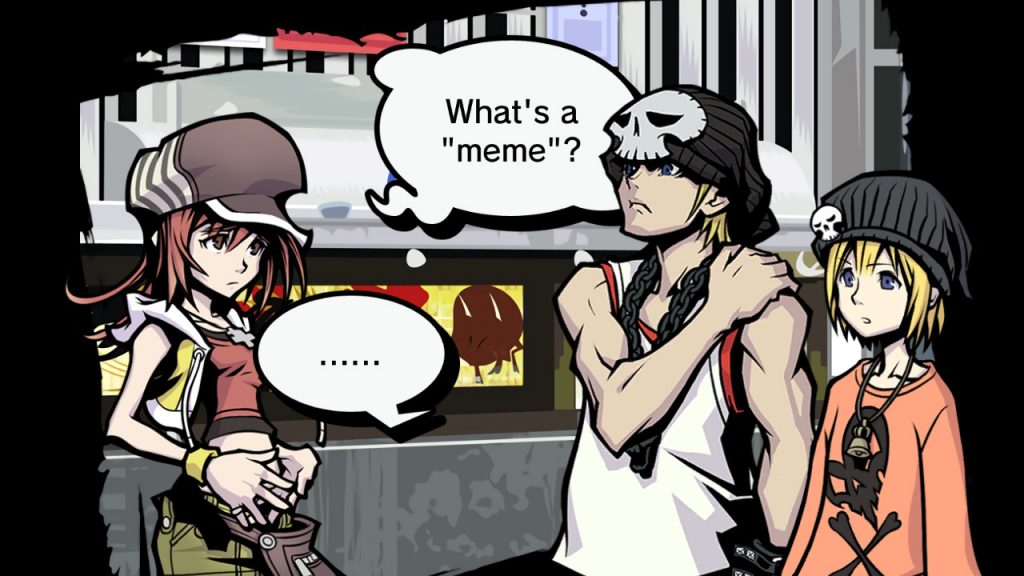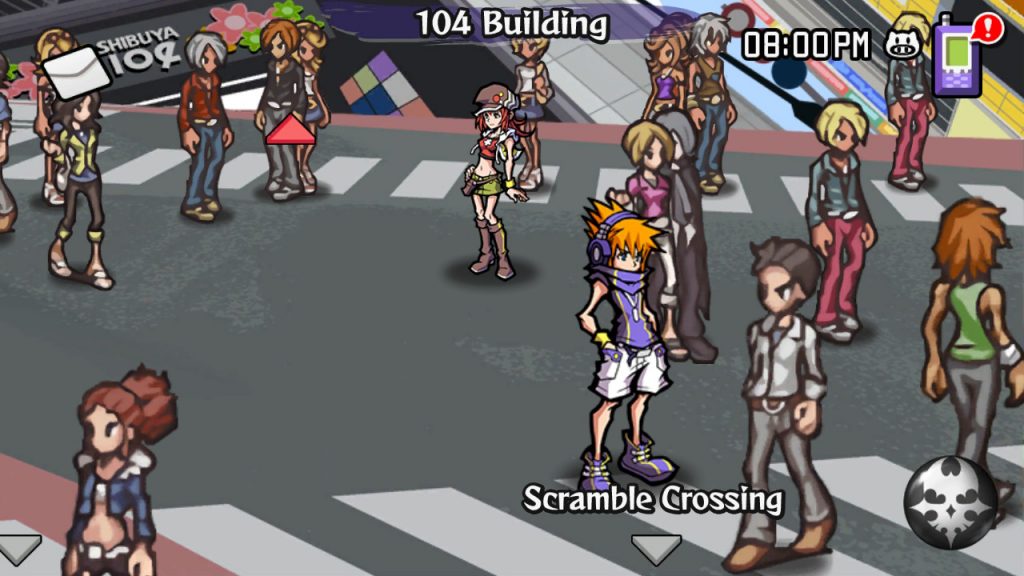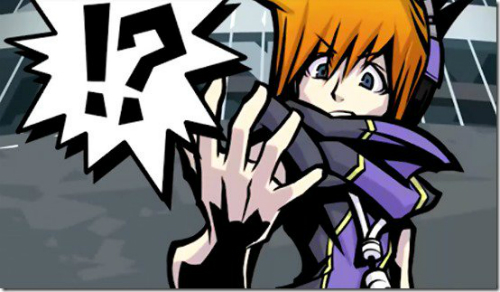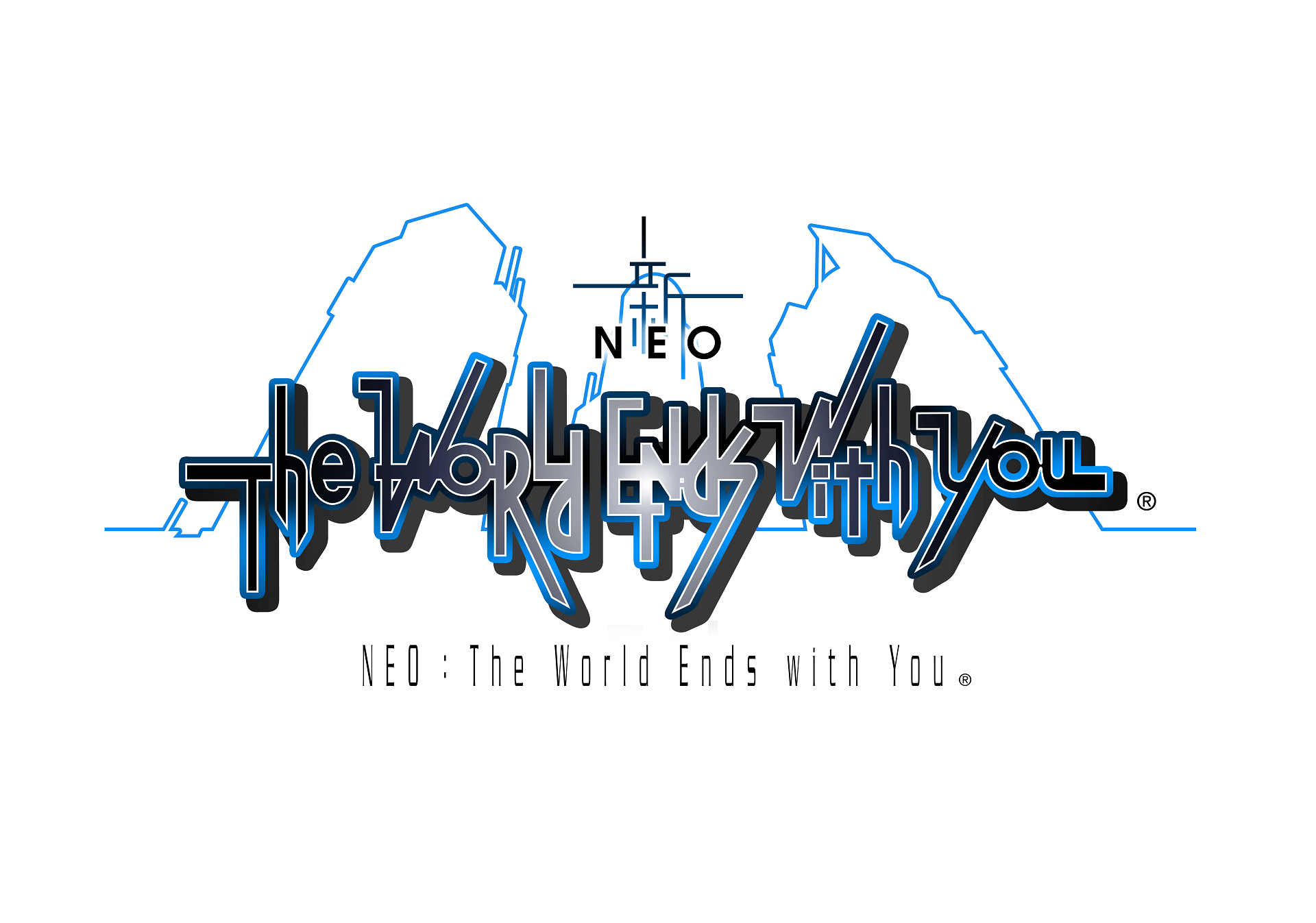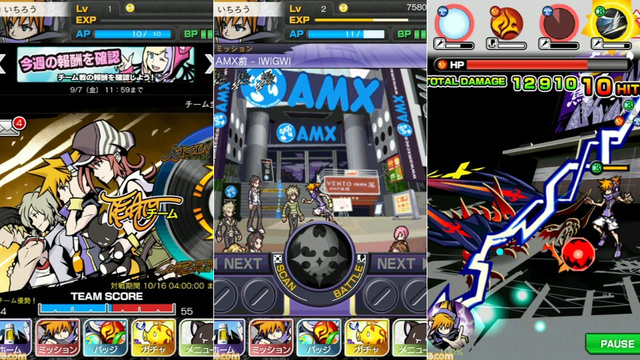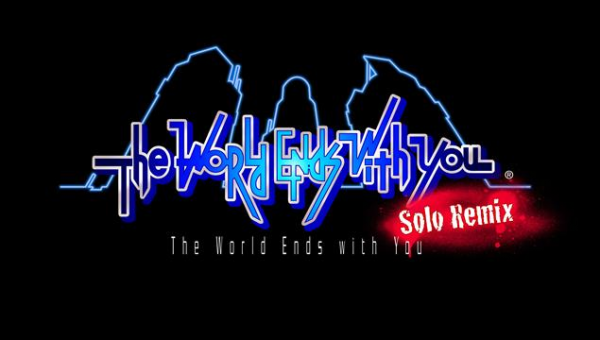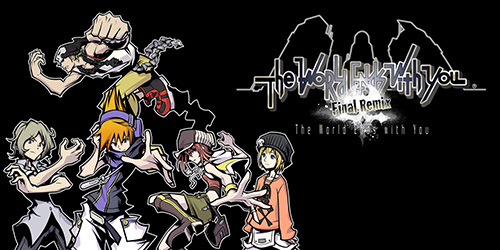
With gameplay that revolves around fashion trends, a bonkers story involving parallel universes and more moody protagonists than you can shake a Final Fantasy game at, by all rights RPG The World Ends With You on Nintendo DS shouldn’t have worked anywhere near as well as it did. 10 years ago on its release in Australia The World Ends With You felt like a rare and exciting experiment from Jupiter and Square-Enix, throwing everything at the wall to see what stuck, and which catered to all the unique features of the DS console. Enough time has passed that it was certainly due for an update, and after an initial remaster on mobile devices, The World Ends With You: Final Remix has arrived on Nintendo Switch, promising to be the definitive update to the experience.
First, the good – the unique, urban artstyle of the original game has never looked better, with crisp high-res art replacing the lower-res sprite work from the DS game. It looks like a cross between Tetsuya Nomura’s anime-inspred character design and street art, and given the whole game takes place in Shibuya, the trendiest part of Tokyo, it not only fits but works wonderfully for the location. The soothing J-pop and hip hop tracks, all with voiced lyrics, that were compressed and tinny on DS have similarly been scrubbed up to sound better than ever here, with the option to switch between their original versions and new remixes.
The World Ends With You‘s strange story is just as involving as it was ten years ago, and even benefits from the inclusion of an additional ‘A New Day’ mini-campaign, not seen in previous releases. Neku, our moody and amnesiac teenage hero, finds himself in an alternate layer of reality in Tokyo’s Shibuya district known as the ‘UG’ (Underground). Here, he’s forced into a deadly week-long ‘Game’ run by the mysterious ‘Reapers’ against other players, where failure to complete each day’s unique mission will result in his erasure from existence.
While on the surface it seems like a typical Hunger Games/Battle Royale/Danganronpa-type setup, The World Ends With You has a knack for pulling the rug from out under you with its narrative. While we are meant to empathise with Neku, he is capable of some pretty horrific actions, especially from the get go, and when it seems like he’s starting to form real bonds or friendships with other characters, the Game intervenes and forces you to re-evaluate both Neku as a character and the nature of the larger plot.
The World Ends With You has some pretty unique systems going on under the hood for an RPG, some of which haven’t really panned out in games since its release, and others which on reflection were pretty forward-thinking. Existing on an alternate plane of reality, Neku can see the citizens of Shibuya but remains invisible to them, although he can implant thoughts in their heads as ‘memes’ to solve puzzles. He can also enter a large number of shops around Shibuya, which have their equipment to buy from various brands which require a certain amount of a ‘bravery’ stat to wear, and if shopkeepers see you browsing around a particular item long enough, you can build your relationship with them to learn their unique abilities. District-specific fashion trends even have an impact on buffing or detracting from the equipment you’re using if you aren’t fashionable enough. It’s a lot to take-in during your first hours of play, but learning and adapting to it all is actually pretty fun, and all feels part of the game’s take on the youth culture of Shibuya.
One of the most unique parts of the original game was its combat, and its here that The World Ends With You: Final Remix disappoints on Switch. In the DS version, the two screens were used to show the two members of your party – Neku and his partner – as they fight the game’s monsters, the ‘Noise’. Neku, on the bottom screen, was controlled using the touchscreen and stylus, while his partner could be controlled with simple button combinations on the top screen. By alternating between the two, you could keep a ‘puck’ passing between screens increasing your combo meter and potential damage. I know it sounds weird, and it really was, but it was also one of the most memorable parts of the game.
Of course, the Switch only has a single screen, which means combat has been simplified. While Neku still has a large array of equippable abilities as ‘Pins’ he collects throughout his adventure, an extra Pin shows up in battle representing his partner, whose attacks can be activated by tapping targets on the screen. Again, you’re meant to alternate between the two characters attacks, but it can be clumsy given that Pins all have different ways of being activated, and many of them overlap with the control of your partner.
In handheld mode, The World Ends With You: Final Remix is exclusively touchscreen controlled, and it felt a little imprecise using my grubby fingers compared to the original’s stylus. However, it is infinitely preferable to playing in docked mode, which swaps out the touchscreen for motion Joy-Con controls. You can only use a single Joy-Con at a time, which is mostly used as an on-screen pointer using its internal gyroscope, and frankly it’s terrible. Not only is executing the various swipes or actions needed for Pins a total crapshoot, this game for some reason compared to all my other Switch titles suffered from some horrendous drift, and needed constant re-calibration. It’s a great shame, as the game’s art looks fantastic on a big screen, and there’s even a co-op option to allow a second player to control your partner, but with the controls as they are it’s not a lot of fun.
It’s disappointing, as while The World Ends With You: Final Remix makes for a pretty decent remaster of the fantastic original game in handheld mode, its great presentation can’t really be experienced on a big-screen thanks to the terrible docked controls. There are a lot of reasons to check out The World Ends With You, especially if you’ve never tried the original DS game and are looking for something that even today feels pretty out-there for an RPG – just make sure you’re prepared to play it on the go and not at home.
- Clean, crisp remaster of the original's stylised visuals and music - Weird but compelling plot and representation of Shibuya still holds up - Stacks of unique systems and gameplay ideas still feel fresh today
- Docked mode is near-unplayable with buggy and inaccurate motion controls - Touchscreen controls feel imprecise without the original's stylus - Without two screens, the combat lacks the energy and pace of the DS original

